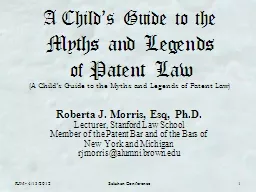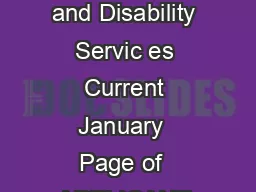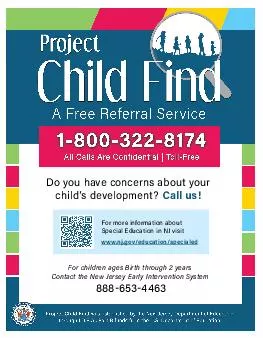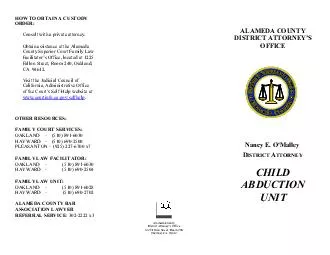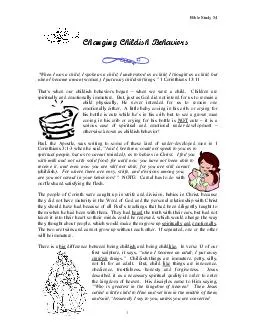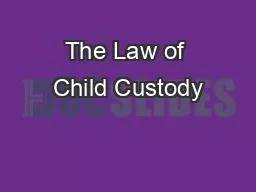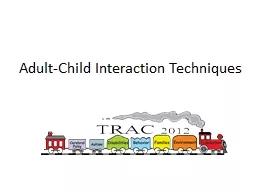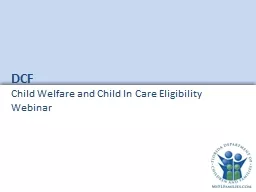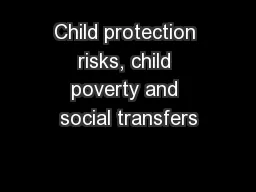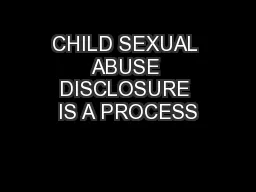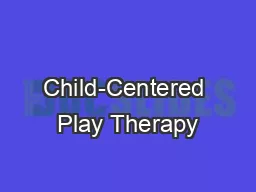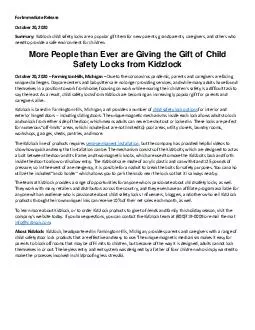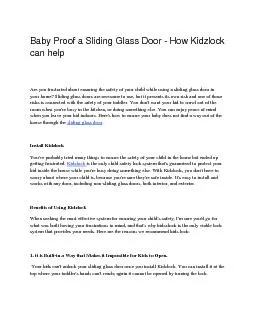PPT-A Child’s Guide to the
Author : vestibulephilips | Published Date : 2020-06-24
Myths and Legends of Patent Law A Childs Guide to the Myths and Legends of Patent Law Roberta J Morris Esq PhD Lecturer Stanford Law School Member of the Patent
Presentation Embed Code
Download Presentation
Download Presentation The PPT/PDF document "A Child’s Guide to the" is the property of its rightful owner. Permission is granted to download and print the materials on this website for personal, non-commercial use only, and to display it on your personal computer provided you do not modify the materials and that you retain all copyright notices contained in the materials. By downloading content from our website, you accept the terms of this agreement.
A Child’s Guide to the: Transcript
Download Rules Of Document
"A Child’s Guide to the"The content belongs to its owner. You may download and print it for personal use, without modification, and keep all copyright notices. By downloading, you agree to these terms.
Related Documents

